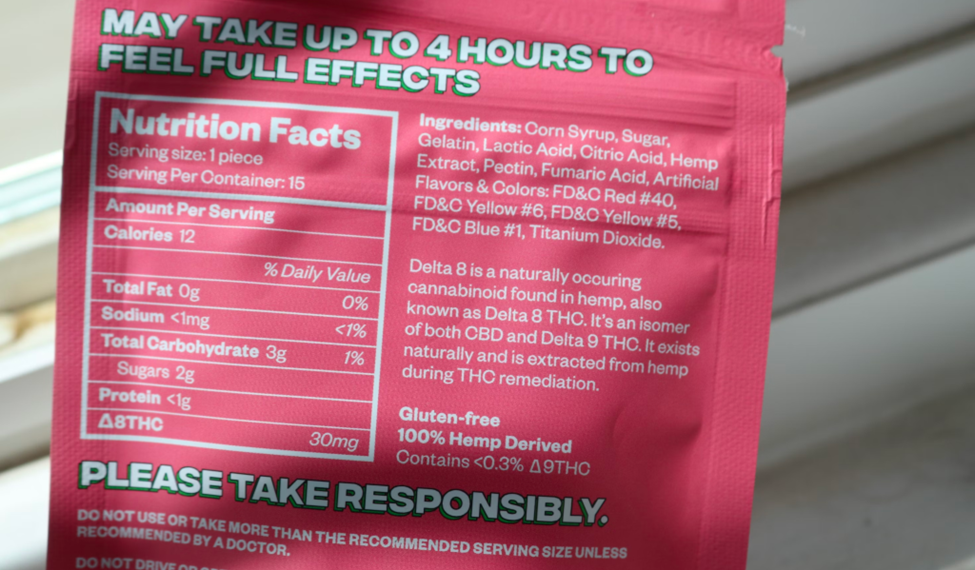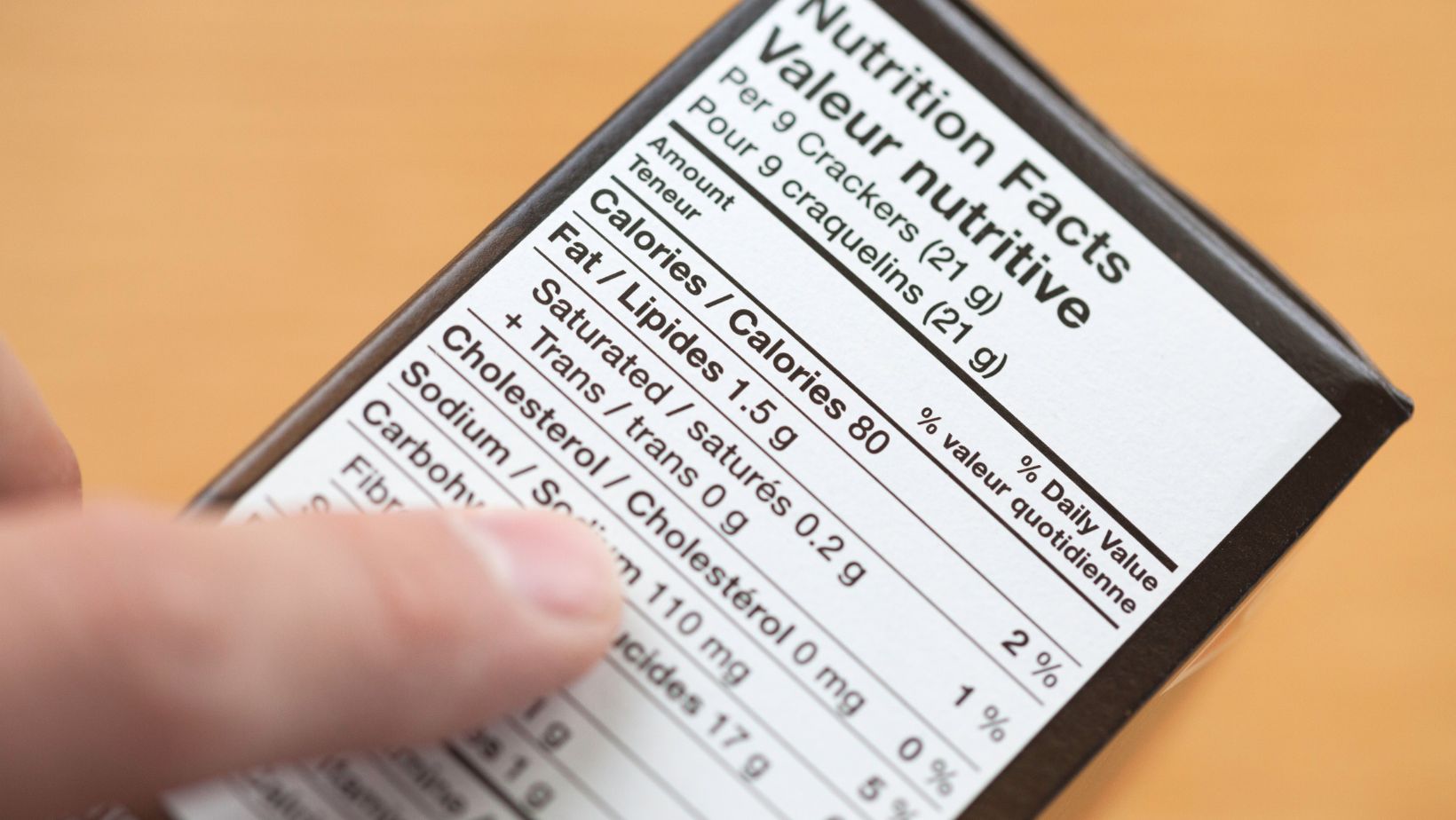Labeling is a crucial factor in food purchase decisions. Companies use it to highlight selling points, while consumers check if products contain just what they want. Governments, conversely, want to see that products are correctly labeled before allowing them on shelves in grocery stores.
While labels are a great marketing tool, they are more than just that when it comes to food products. They are a legal requirement, and setting them up can be incredibly laborious without proper labeling software.
This article will examine recent food labeling technological advancements and how they are transforming the food and beverages industry. The idea is to help companies adopt FDA-compliant strategies that improve nutrition transparency and increase efficiency and accuracy in the labeling process.
New Innovations and Trends In the Food Labeling Process
Automated Allergen Identification
The prevalence of food allergies is increasing daily, making it imperative for businesses to identify and declare allergens in their products accurately. Thankfully, this is not something manufacturers have to do manually.
Many of today’s food label software alternatives have automated allergen identification capabilities. Using advanced algorithms, the software analyzes ingredients on a molecular level and picks out proteins and compounds that are potentially allergenic.
This capability used to be the preserve of costly high-end software solutions, but not anymore. Now, it’s available even in more affordable options like the ones in this in-depth analysis of leading Genesis R&D alternatives and other food label software solutions.
Label Customization
Label customization ensures businesses do not have to sacrifice their branding just to put up nutrition facts labels. It also allows for better space utilization and includes as much detail as possible.
Top software solutions, including Genesis R&D alternatives, have incredible customization features that may not be available with older software. Businesses can develop new label designs and calibrate fonts, typefaces, and colors for future use.
Again, it is about more than finding a food label tool with customization capabilities. It’s also about finding one with simple and easy-to-use features. Software solutions are challenging to use, especially when there is a need to label different products with varying design requirements.
They have hidden buttons and require too many clicks to perform simple operations. Some have delocalized customization functions, while others sport poor overall design, making accessing specific buttons difficult.
A good software solution should be less sophisticated, straightforward, feature-packed, and user-friendly.
QR Code Generation
QR codes allow food manufacturers to share more details on the product than can fit on the label. They are a great solution when the product package is too small to fit more than just the basic nutrition facts or when the manufacturer doesn’t want to resort to an unreadably small font.
The good thing about QR codes is that they are familiar to most people. A 2021 questionnaire by research firm Forrester revealed that 40% of shoppers familiar with QR codes would use them to make “smart purchase decisions.” Over half of the respondents said they had used or would use QR codes to claim coupons or participate in promotions. Since most smartphones come with QR scanners, QR codes will become increasingly popular and a must-have on product packages.
Only a few food labeling tools come with QR code application capabilities. Even Genesis R&D and close ESHA Genesis alternatives mainly provide barcodes, which, in comparison, have less data storage.
Thermal Transfer Labeling
Thermal transfer labeling is not an emerging technology, but its use is rising, especially among food manufacturers. One of the reasons for this is that thermal transfer gives options for label customization and branding.
The technology doesn’t discriminate on packaging material. It can be used on various paper and synthetic options, including fluorescent, pearl, transparent, and metalized packaging. Also, thermal transfer labels produce excellent print definitions for images, text, and barcodes.
They come out clear and offer superior moisture, heat, and chemical resistance compared to their direct thermal counterparts.
The only downside to this type of food labeling is that it uses ribbons, which are a considerable expense in bulk production.
Consumer Right to be Informed In Food Labels
Consumers make up the vulnerable end of the manufacturer-consumer relationship. The general lack of technical knowledge, the obscurity in the food chain, and the health exposition all contribute to this characterization. The FDA protects end users by making it the manufacturer’s responsibility to inform about products’ characteristics.
It is a win-win situation, as consumers are likelier to purchase from manufacturers with better-labeled products.
In other words, manufacturers can tap into the marketing potential of labeling and use it to go better than their competitors. This is possible through superior labeling tools, like the many Genesis R&D alternatives on the market, that enhance accuracy and simplify the process, ensuring it doesn’t take a toll on efficiency and productivity.
Conclusion
The consumer reaps the most out of all legislation, compelling food companies to apply FDA-compliant nutrition facts labels on their products. However, the spinoff advantages to the manufacturer massively outweigh the downsides and should be enough incentive for businesses to invest in effective food labeling software.
With proper software, all labeling needs can be met on a single computer interface. Manufacturers can avoid legal blunders and increase productivity while enjoying lower production costs.















